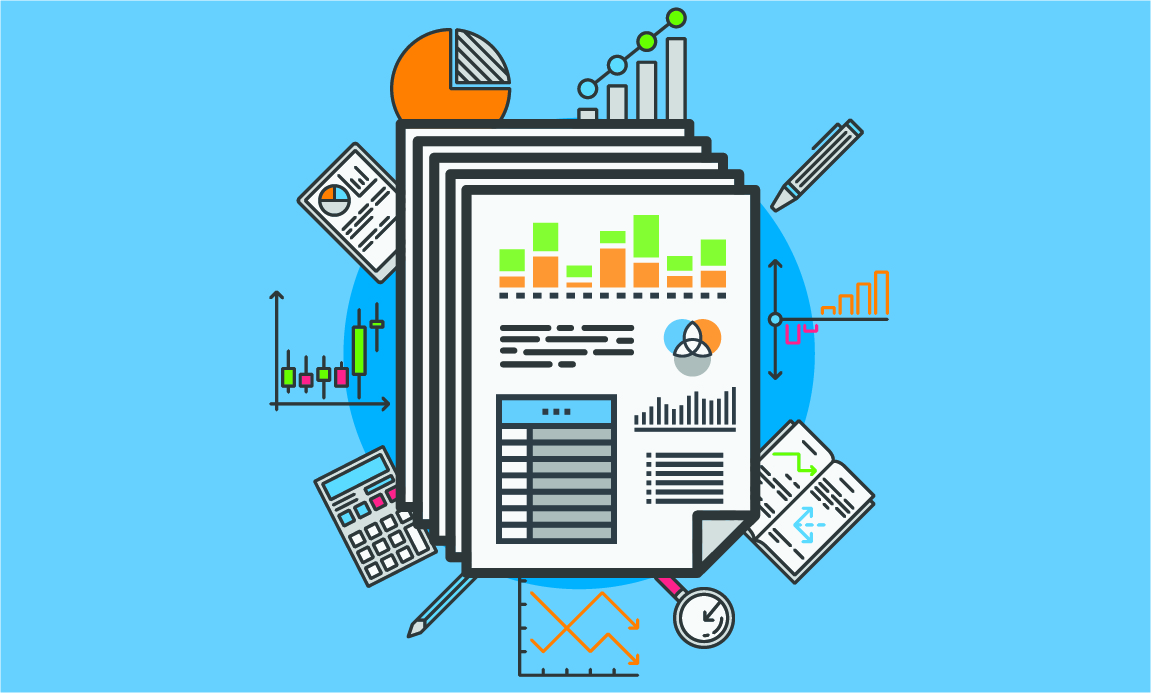3 Attributes of an Excellent Mark-to-Market Accounting Plan
Producing financial statements monthly is the best way to monitor the progress of your business. Monthly statements that include a Balance Sheet and...
3 min read
 Jeff Reardon
Mar 27, 2019
Jeff Reardon
Mar 27, 2019

Historical business truths typically come from very simple concepts. “Price is what you pay. Value is what you get” (Warren Buffet). “A penny saved is a penny earned” (Ben Franklin).

Here's one for the grain industry:
"With the right documentation, mark to market accounting becomes a 5th grade algebra problem".
The process of properly valuing grain inventory contracts and futures accounts can become routine by gathering the right documents and asking the right questions.
Six reports are essential documentation required for Canadian grain companies regardless of size to value grain merchandising positions.
For most companies new to grain merchandising gathering the proper reports is the hardest part of the process.
So, here they are:
#1: The Grain Hedge Position Report. This report summarizes the open grain positions. It includes all inventory, purchase and sales forward contracts, and open futures positions that need to be valued.
#2: Forward Purchase Contract Listing & #3: Forward Sales Contract Listing. Accounting software or spreadsheets will need the number of bushels contracted per customer, delivery period, cash price, futures price, and the purchase basis.
#4: Month-End Commodity Statement. The monthly commodity statement sent to you by White Commercial recaps the elevator's activity for the month. There are three sections to the statement. #1: Your activity this month, which shows every transaction that affected the cash balance in the account. #2: Positions in your account, which recaps the value of open positions in your account. #3: The account value recap that recaps the equity in the account.
#5: Currency Position Report. This report provides a breakdown of the grain inventory value and the notional value of forward contract positions for each crop and delivery period. This will calculate the currency exposure for grain positions and the totals should match the CAD futures on the commodity statement.
#6: Current Market Values. The closing market prices for futures, cash prices and basis for each delivery period that an elevator has an open position.
Collecting information from these six documents at the close of the month will give you everything you need to produce accurate mark-to-market valuations. In order to assist you with this process, we've developed a free, downloadable eBook (pdf) titled: The Six Essential Reports: Accurate Mark-to-Market Accounting for the Canadian Grain Elevator.
Many of White Commercial's customers are Canadian, so we've been through these processes many times and wanted to pass along this information with the hope of simplifying the grain accounting process for our neighbors to the north. We hope you enjoy!

Producing financial statements monthly is the best way to monitor the progress of your business. Monthly statements that include a Balance Sheet and...

The process of Mark-to-Market accounting for Canadian grain elevators basically looks like this: Develop the routine of tracking data on the six...

Forward contract financing has become an essential piece of the grain elevator financing package. The modern day elevator must be able to help...